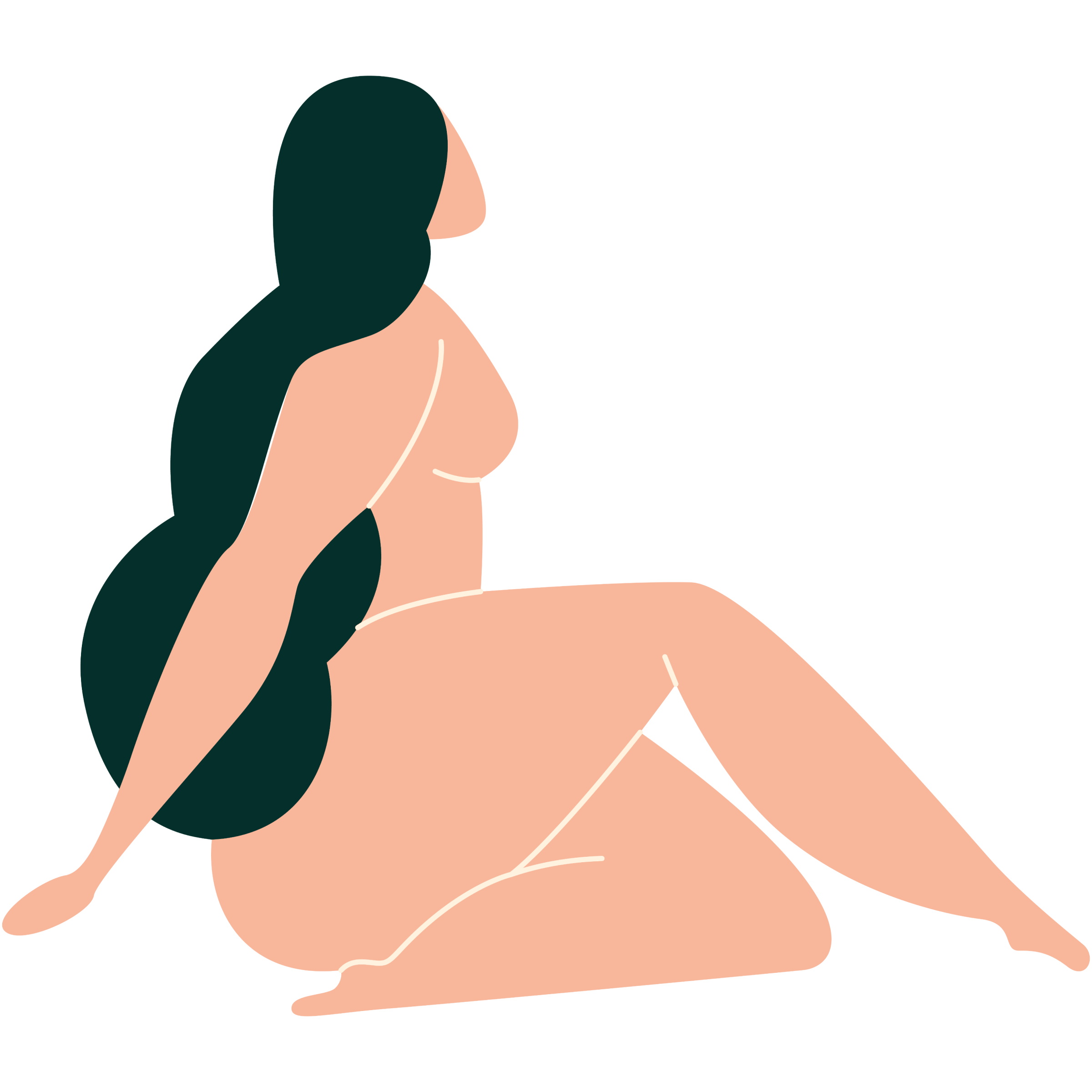
Body
Get to know your body through a better understanding of your anatomy and find the answers to some of your most common questions.

The clitoris, like so much of the female sexual anatomy, remains shrouded in shame, mystery, and misinformation. To this day, it remains absent from many scientific textbooks and even medical manuscripts, and scientists have yet to fully comprehend its function in reproduction. Did you know that it wasn’t until the late 20th century that we gained a more thorough understanding of its anatomy?
Read on for a deep dive into one of our favorite body parts, including its anatomy, functions, and importance, as well as interesting facts and misconceptions surrounding it.
The clitoris is found at the uppermost part of the vulva, under what is called the clitoral hood. More accurately, however, that is the only visible part of the clitoris, also known as the glans, as most of it is hidden under the tissue of the vulva.

In 1998, Helen O'Connell, an Australian urologist, made a groundbreaking discovery about the clitoris. She proposed that there was more to the clitoris than just the visible glans, which is the small nub covered by the clitoral hood. This was a significant revelation that marked a turning point in the understanding of female sexual anatomy. By utilizing photography to map the nerve structure of the clitoris, O'Connell and her team discovered that there was a substantial amount of clitoral erectile tissue hidden inside the body, including the area under the clitoral hood.
We like to think of the clitoris as an iceberg, with only a small portion peaking out. Its external anatomy includes the clitoral hood and glans, while the internal parts consist of the body, root, crura, and vestibular bulbs. The glans, which is the most sensitive part of the clitoris with thousands of nerve endings, varies in size from person to person and can range from 0.5 to 3.5 centimeters.
If you’ve been subjected to female genital mutilation (FGM), your clitoris may not be visible to you. There are varying degrees of FGM, ranging from just a nip to the clitoris to the full removal of all external sexual organs.
The clitoris' primary function is to provide pleasure, with no direct involvement in reproduction. For most women, it plays an absolutely crucial role in sexual orgasm. Indeed, 75% of women require clitoral stimulation in order to climax during sex.
Proper care is essential for maintaining overall genital health. Water alone is sufficient for cleaning the sensitive tissue near the clitoris, labia minora, and vagina. Wearing cotton underwear, avoiding fragrant products, and refraining from scratching or itching the area are also important. The vagina has a delicate pH balance and is self-cleaning, so there's no need to wash inside it or to use any soaps to clean this area.
Understanding the clitoris' anatomy and function can help you explore and experiment with different types of stimulation. If you’re exploring solo, we recommend grabbing a mirror and exploring your genital area, lifting the hood to observe the glans, and watching how it changes and swells when you’re aroused.
If you’re exploring with a partner, communication is key. Use your words or movements to guide them and discover together what feels best for you. The use of pleasure products, fingers, or other means of clitoral stimulation during vaginal intercourse can significantly increase the chance of orgasm.
Did you find the answer you were looking for? Is there something we missed? What did you think of this resource? We want to hear from you.
